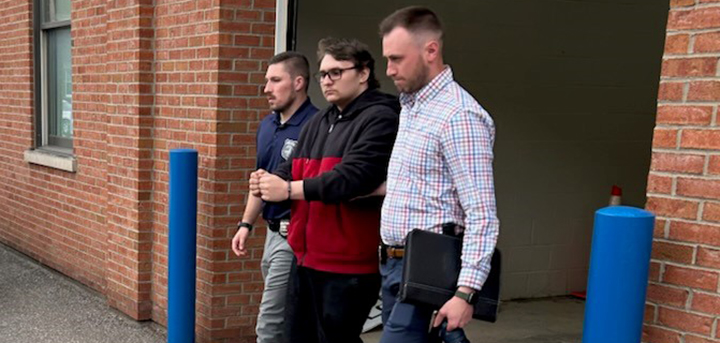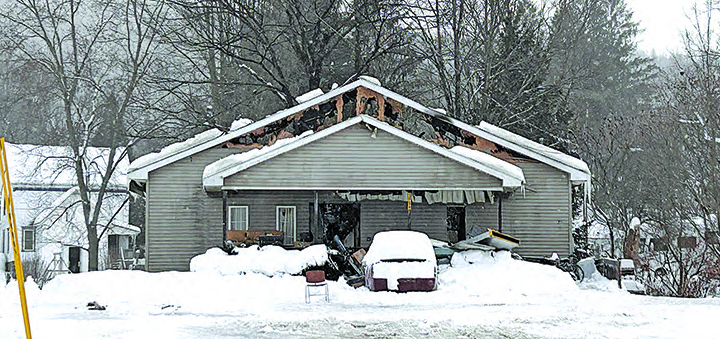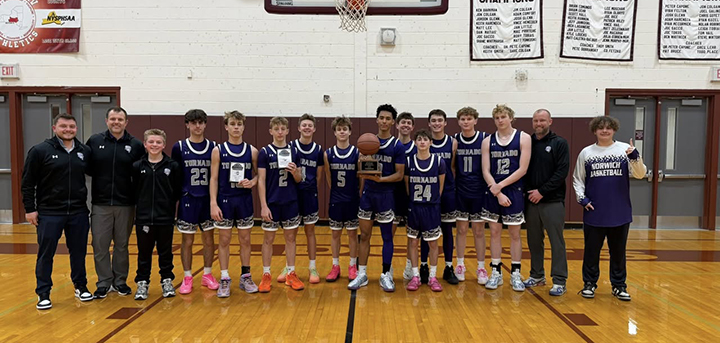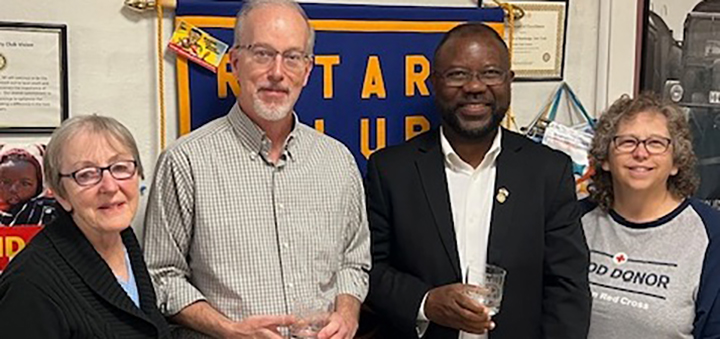Tax cap misunderstood, making it difficult for school boards
SHERBURNE – The public’s perception that their property taxes can’t increase by more than 2 percent is making it difficult for at least one school district in Chenango County.
During budget-setting meetings this quarter, the Sherburne-Earlville Board of Education asked administrators to keep any budget increase to a maximum of $130,000, or just under the New York State imposed 2 percent cap. For the current school year, taxpayers agreed to a $29.5 million spending plan that called for an average tax levy increase of 1.9 percent. The board expended $1 million from set-aside reserves to stay under the cap, which went into effect for the first time in June 2011.
But spending down set-aside reserves to stay within what is being perceived as state law is not necessary, said SECSD Assistant Superintendent Todd Griffin. “No board nor administration wants to put an excess burden on their taxpayers, nor do they want to do it to themselves, but the public’s perception that government entities must keep increases within the 2 percent cap is inaccurate,” he said.









Comments